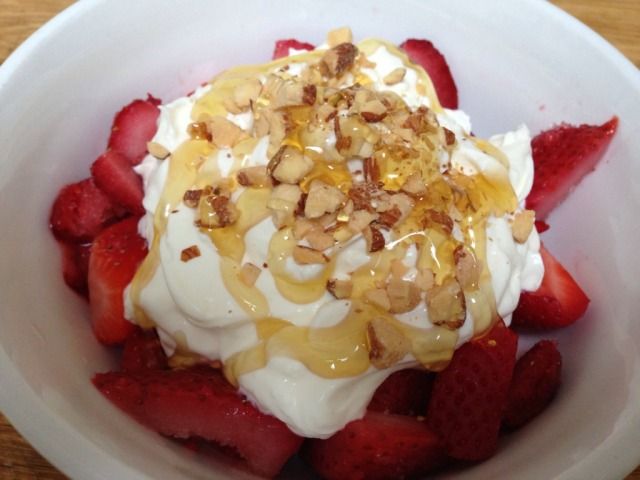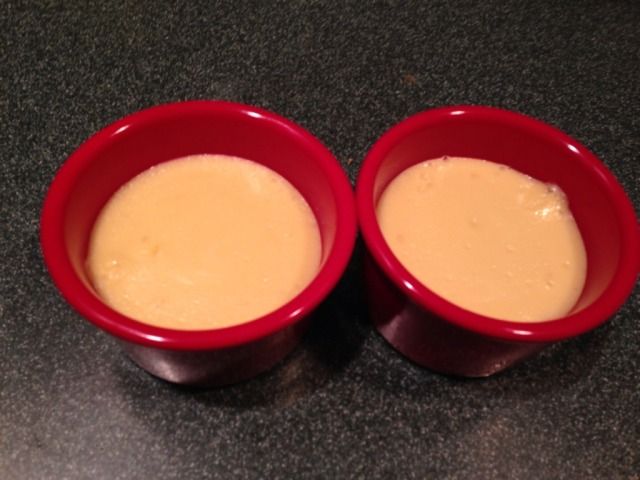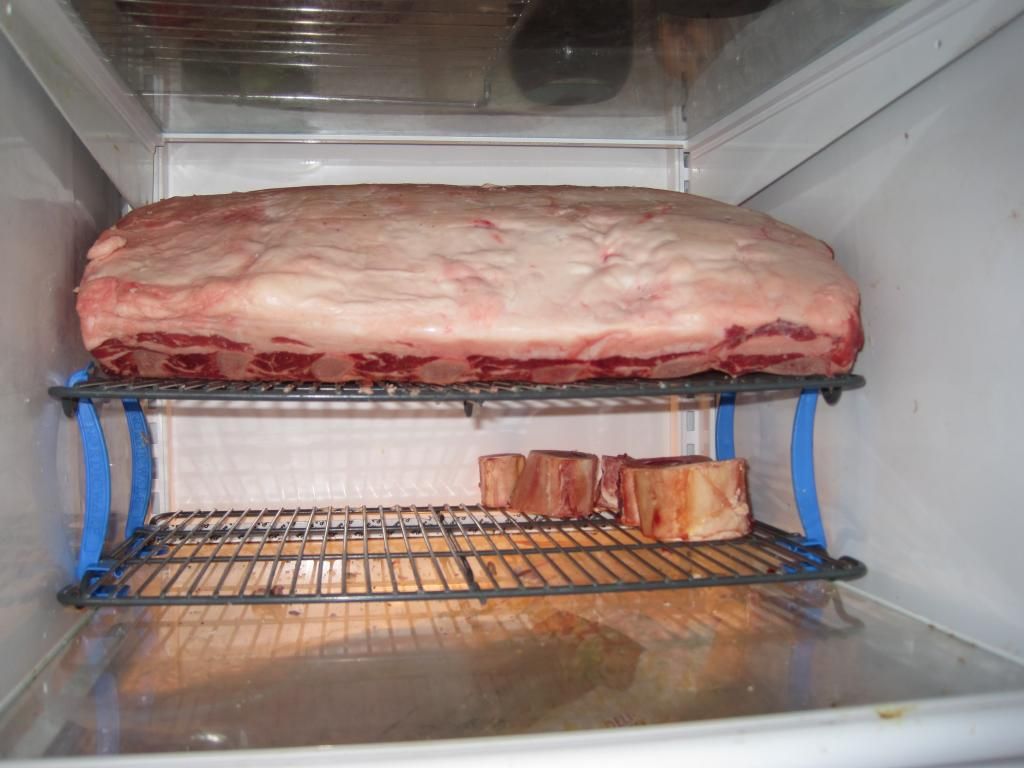
Let me start by making one thing clear: I'm not one to have lots of fond food-related childhood memories. The reasons for this don't belong on this post, however. This post is about one shining example of childhood imprinting on the subject of taste, history, and process, as pertains to one particular food. In this case, it is pineapple upside down cake.
I remember being a very young child, growing up in Caracas, Venezuela. The year was 1970 or 1971, so I was 5 or 6. My mother had recently acquired her first set of matching cookware. It was a set of Wear-Ever stainless steel pots and pans. I recall thinking that they were so pretty. Not only were they shiny and neat, they looked like they all belonged together, despite being different shapes and sizes. A family of saucepans, skillets, and lids.
The set came with a booklet containing mostly recipes. Of all the recipes on it, I only recall one: the pineapple upside down cake. I remember being able to read it, and I was so proud that I could "help" Mom by telling her what ingredients she needed, and what to do next.
I remember specifically the big frying pan with straight-up sides (I have learned since that it most likely was a 3-quart sauté pan), which went straight into the oven with the whole mess of pineapple slices, sugar, cherries, flour, and eggs, and came out as a wonderful gooey thing that made a resounding *PLOP* when turned over onto a plate. I remember the buttery flavor of the cake, the crispy texture of the topping, the way the maraschino cherries peeked out of the center of the pineapple slices, and how the kitchen smelled when it baked.
Amazingly enough, I can safely wager that it had been nearly 30 years since I last ate any pineapple upside down cake at all, and I can certainly say that I had never made one before.
But, a few days ago, in a fit of childhood nostalgia, I decided I wanted to make one. You'd think that it would be as simple as finding a recipe, buying the ingredients I didn't already have on hand, and going to town. But things are rarely that simple. On the recipe front, I decided I needed to go straight to the source, so I called my mother to ask her if she remembered making the cake, and whether there was anything special about it. She said she lost that booklet years ago, but she sent me another recipe she had used throughout the years, from a 1972 Danbury Press collection named "Grand Diplôme Cooking Course". This recipe lacked the brown sugar topping I remembered, so I decided not to use it.
I took my search to the good old Internet. I found a site named Tory Avey: Inspired by Our Delicious Past. The site featured a page on Pineapple Upside Down Cake, with history of the upside down cake in America and the world, as well as two different recipes. for the pineapple variety.
I chose to use the main recipe, as it was the one that most resembled my memories of the classic dessert: brown sugar topping, buttery basic cake batter, creaming sugar/butter as the first step. The only fundamental difference between my setup and the one I remember from decades ago was the fact that I used a 10" cast iron skillet, rather than a stainless steel sauté pan.
The results were simply outstanding. From the delightful aroma permeating the house, to the golden surface of the cake layer, and, best of all, the satisfying noise of the gooey topping releasing from the bottom of the pan as I turned the cake onto the plate.
When I tasted it, I was six years old again. That's all.
Here is the recipe I used. I made only one modification to the original from Tory Avey, in that I used a whole cup of dark brown sugar for the topping, rather than 3/4 cup light brown sugar and 1/4 cup dark brown that Tory Avey calls for.
TOPPING INGREDIENTS:
- ¼ cup unsalted butter, melted (½ stick/2 ounces/60 grams)
- 1 cup dark brown sugar (5.75 ounces/170 grams)
- 7 canned pineapple slices (½-inch thick), drained, or fresh pineapple slices
- 7 maraschino cherries, or 7 pecan or walnut halves
BATTER INGREDIENTS:
- 1¾ cups all-purpose flour, sifted, or ¾ cup all-purpose flour and ¾ cup cake flour (7.5 ounces/210 grams)
- 1½ teaspoons double-acting baking powder
- ½ teaspoon salt
- ½ teaspoon ground cinnamon
- ½ cup unsalted butter softened (1 stick/4 ounces/115 grams)
- ¾ cup granulated sugar (5.25 ounces/150 grams)
- 2 large eggs (6 tablespoons/3.5 ounces/100 grams)
- 1½ teaspoons vanilla extract
- ½ cup pineapple juice or milk (4.25 ounces/120 grams)
- Position a rack in the lower third of the oven. Preheat the oven to 350°F (325°F for a convection oven).
In a 9- to 10-inch ovenproof skillet (it will produce flared sides) or 10-inch round baking pan (for straight sides), stir in the butter and brown sugar, then spread the mixture evenly over the bottom of the pan.
Arrange pineapple slices on the pan, starting by placing one slice in the center, and placing 6 slices around the center slice. If you use a 9- or 10-inch pan, there will only be room for the seven slices, and the appearance of your cake will be the classic array. Place a cherry or nut half in the center of each pineapple slice.
- Like this:

- In a medium size bowl, sift the flour, baking powder, salt, and cinnamon. If you don't have a sifter, you can use a medium-mesh sieve. Confession time: I actually use a whisk in order to sift dry ingredients for baking.
In an stand mixer bowl, or in a large bowl with a handheld mixer, beat the butter on low speed until soft and creamy, about 2 minutes. Increase the speed to medium. Add the sugar gradually, and beat until fluffy, about 4 minutes. - Beat the eggs in one at a time, scraping down the bowl fully after each egg. After the eggs are fully incorporated, add the vanilla extract and mix thoroughly.
Add the dry ingredients and pineapple juice in alternating portions, 4 portions dry ingredients, 3 portions juice, starting and ending with the flour mixture. Stir on slow until it is completely blended.
Pour the batter over the pineapple topping: 
- Bake the cake at 350º Fahrenheit, until a toothpick comes out clean, 45-55 minutes. The top of the cake will be golden:

- Remove from the oven and let the cake cool on a rack inside the pan, for about 15 minutes. When cooled, turn over onto a serving plate:

- Serve warm or at room temperature.
A NOTE ABOUT SLICING: The way the pineapple slices are arranged in this cake requires that it be sliced in 1/6 or 1/12 pieces. Cut through the center slice, and keep cutting outward, lining up the knife either between the outer slices, or exactly through the middle of one of the outer slices. Please don't try to cut it anywhere else. You will experience the heartbreak of squishing down the pineapple and ruining perfection. Don't do it. - Enjoy!




























